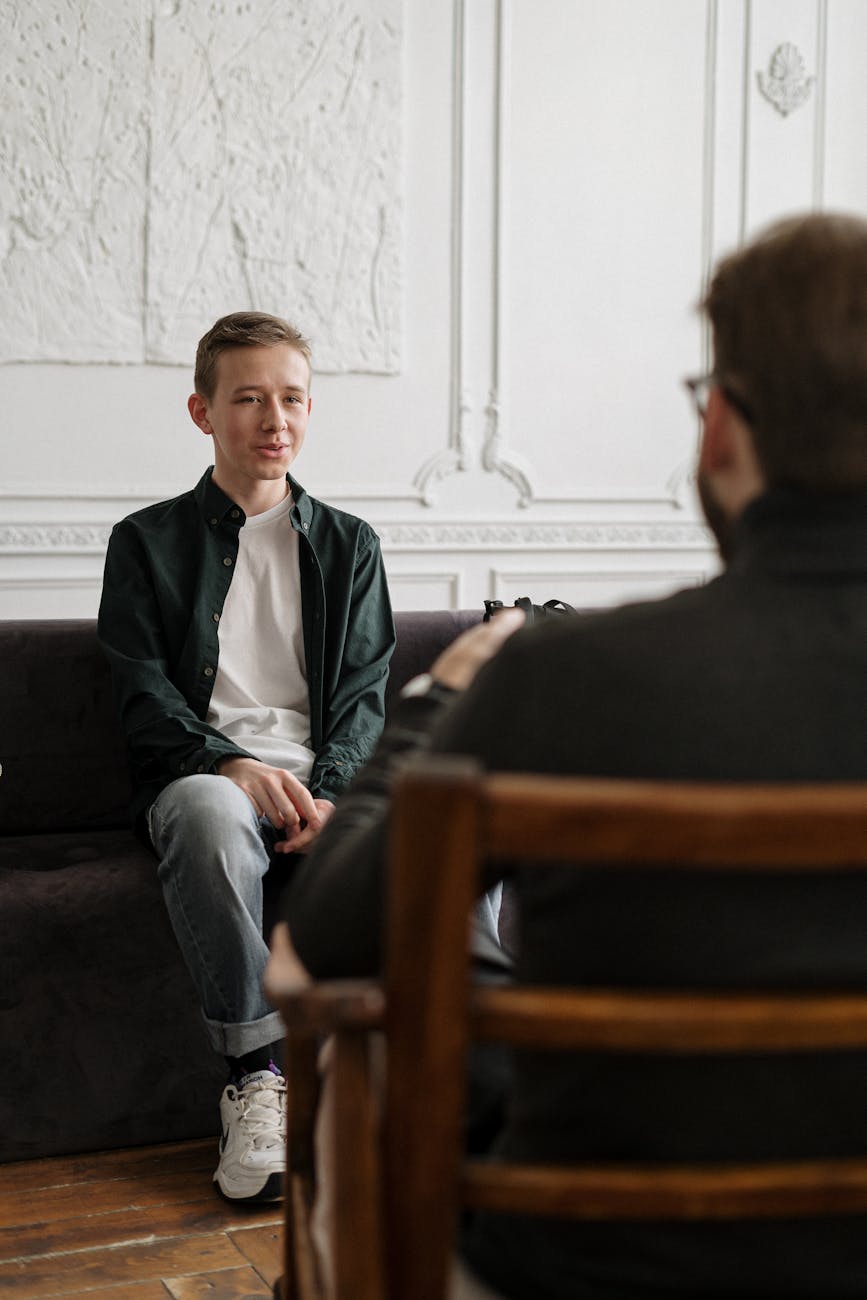And why a facilitator makes all the difference
Nobody knows, on a deeper and more visceral level, what it means to be betrayed by the world quite like someone with attachment wounds.
The very connection that should have uplifted us and supported our development was the very thing that broke us. Our brains often don’t work in our favor. Mood swings are a fact of life. We either crave fantasy relationships we can’t have, or the moment someone actually wants us, we want to run out the door.
Complex Trauma Is, First and Foremost, a Wound to Connection
We either get attached to people who give us too little, or we come to fear connection itself — dismissing it as overrated, exhausting, or even dangerous.
But connection is not just having a relationship. It’s also a way of knowing yourself through the reflection of loving caregivers — and when it’s intact, it allows your brain to regulate, your emotions to stabilize, and your focus to sharpen. It lets you experience yourself in a positive light.
In other words, you don’t just need to fix your ability to connect so you can fall in love.
You probably need to fix it so you’ll stop hating yourself.
Because attachment wounds are also wounds to the view of the self.
So Why Am I Telling You This?
And more importantly, why am I bringing all of this up in the context of the Ideal Parent Figure Protocol (IPP)?
Because many people try to do this protocol — which is based first and foremost on collaboration — completely alone.
They do it:
- Without being connected to anyone
- Without anyone attuned to their experience
- Without empathy or emotional safety
- Without guidance, structure, or course correction
And when you try to re-parent yourself using imagery that’s already shaped by faulty attachment, it’s easy to end up in the wrong place all over again.
I Get Why You’d Want to Do It Alone
Maybe you’ve been disappointed by helpers in the past.
Maybe working with someone feels too expensive or too vulnerable.
Maybe the thought of opening up again feels like climbing a mountain barefoot.
These are all completely understandable and valid.
But here’s the thing: IPP is about imprinting a new attachment experience into your nervous system.
And doing it alone can unintentionally lead to re-imprinting the very same wounds you’re trying to heal.
How a Facilitator Helps
People with attachment trauma — like I used to have (no judgment here) — often have distorted inner models of what love and connection should feel like.
Without the external input of someone securely attuned to you, those distorted maps will sneak into the imagery. It might feel healing at first, but what’s being rehearsed may not be secure — it may be familiar. And that distinction makes all the difference.
A trained facilitator can:
- Spot when your imagery is reinforcing the old pattern
- Help you navigate emotional resistance
- Support you through slumps and stuck points
- Offer co-regulation and safety while you reshape your internal world
IPP Done Alone Can Be Risky — There Are Gentler Options
In my view, when done without guidance, the Ideal Parent Figure Protocol can be more harmful than helpful.
If working with someone feels out of reach right now, you may be better off starting with somatic practices or structured systems like 12-step groups. These can offer support and safety without the risk of mis-imprinting new (but still flawed) attachment patterns.
Want to Try IPP With a Facilitator?
If you’re ready to explore this process in a safer, more supported way, feel free to reach out.
You can email me at miriamtraumainformedcoach@pasthepast.com to schedule a free 15-minute mini consult and see if we’re a good fit to work together. You can learn about pricing here.

Leave a Reply